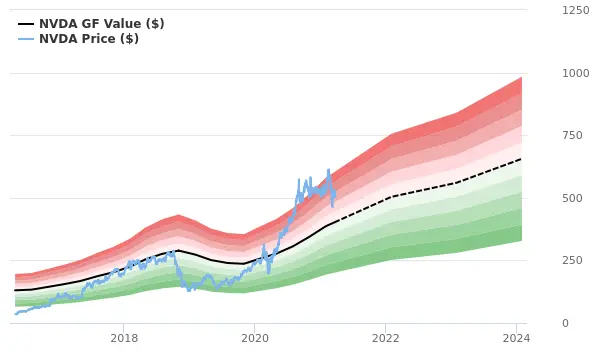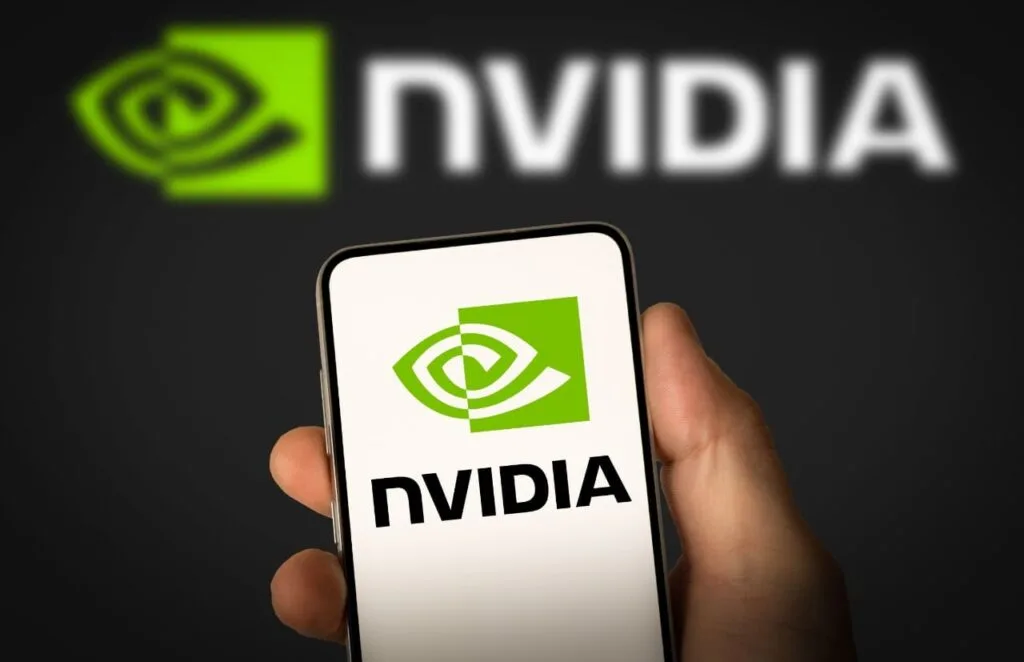NVIDIA Corporation, a leading technology company, has become a focal point for investors due to its significant market presence and recent stock performance. This article provides an in-depth examination of NVIDIA shares, covering company overview, market position, influencing factors, and investment considerations.
Company Overview
NVIDIA Corporation, founded in 1993, specializes in designing graphics processing units (GPUs) and system on chip units (SoCs) for various markets.
Key company details:
- Headquarters: Santa Clara, California
- Founders: Jensen Huang, Chris Malachowsky, Curtis Priem
- Initial funding: $40,000
- Current CEO: Jensen Huang
Product lines:
- GeForce series (gaming)
- Quadro series (professional visualization)
- Tesla series (data centers)
- DRIVE platform (autonomous vehicles)
Historical milestones:
1999: Release of GeForce 256, marketed as the world’s first GPU
2006: Introduction of CUDA parallel computing platform
2020: Attempted acquisition of ARM (later canceled)
2023: Reached $1 trillion market capitalization
2024: Surpassed $3 trillion market capitalization
Market Situation

NVIDIA operates in multiple competitive industries:
Gaming
Professional visualization
Data centers
Automotive
Market position:
Desktop GPU market share: 80.2% (2023)
Data center revenue growth: 216% (fiscal year 2024)
Primary competitors:
AMD
Intel
Qualcomm
Google (in AI chip development)
Amazon (in AI chip development)
Microsoft (in AI chip development)
Industry trends:
Increasing demand for AI and data processing solutions
Growth in gaming and esports industries
Development of autonomous vehicle technology
Influencing Factors
Internal factors affecting NVIDIA shares:
Product innovation
Continuous development of advanced GPUs
Introduction of AI platforms
Strategic acquisitions
Example: Mellanox Technologies (enhancing data center capabilities)
Leadership
Vision and direction under CEO Jensen Huang
External factors:
Market demand for AI and data processing solutions
Technological advancements in AI and machine learning
Global economic conditions
Trade policies and regulations
Competition in the semiconductor industry
Analyst Opinions
Table: Analyst Ratings and Price Targets
| Analyst | Firm | Rating | Price Target | Date |
|---|---|---|---|---|
| David Brown | Global Insights | Strong Buy | $150 | 2024-06-15 |
| Emma White | MarketWatch | Hold | $120 | 2024-06-20 |
| Harlan Sur | J.P. Morgan | Buy | $140 | 2024-06-25 |
| Ben Reitzes | Melius Research | Buy | $160 | 2024-06-21 |
| Ruben Roy | Stifel Nicolaus | Buy | $165 | 2024-06-19 |
Analyst insights:
David Brown, Tech Industry Analyst at Global Insights:
“NVIDIA’s dominance in AI and data center markets positions it for continued growth. The company’s strategic investments in next-generation technologies provide a solid foundation for future success.”
Emma White, Senior Analyst at MarketWatch:
“While NVIDIA’s AI market position remains strong, potential risks such as gaming sector saturation and regulatory challenges warrant a cautious approach. Investors should monitor these factors closely.”
Prospects and Risks
Growth factors:
AI and data center expansion
Increasing adoption of AI and data analytics
Growing demand for high-performance computing solutions
Gaming industry growth
Continued expansion of gaming market
Rising popularity of esports
Autonomous vehicle technology
Development of AI-driven automotive solutions
Potential risks:
Regulatory challenges
Government regulations on technology exports
Antitrust concerns
Market competition
Increasing competition in AI chip development
Potential market share loss in GPU segment
Technological shifts
Rapid advancements requiring constant innovation
Potential disruptive technologies
Examples of companies facing similar risks:
Intel
Faced regulatory scrutiny and intense competition
Experienced market share loss in key segments
Qualcomm
Encountered regulatory issues in multiple countries
Faced competitive pressures in the mobile chip market
How to Buy NVIDIA Shares

Steps to purchase NVIDIA shares:
- Choose a brokerage: Consider factors such as fees, research tools, and user interface
- Open an account: Provide necessary identification and financial information
- Fund your account: Transfer money via bank transfer or other supported methods
- Place an order: Search for NVIDIA (ticker: NVDA) and choose between market order or limit order
- Monitor your investment: Track share performance and company news
Popular online brokers offering NVIDIA shares: Fidelity, Charles Schwab, E-TRADE, TD Ameritrade, Robinhood.
Conclusion
Table: NVIDIA Investment Summary
| Aspect | Rating | Comments |
|---|---|---|
| Market Position | Strong | Dominant in GPU and AI chip markets |
| Financial Health | Solid | Strong revenue growth and profit margins |
| Growth Potential | High | AI and data center markets expanding rapidly |
| Risk Level | Moderate | Regulatory and competitive challenges exist |
| Analyst Consensus | Buy | Majority of analysts recommend buying |
Investor considerations:
- NVIDIA shares have shown significant growth potential
- The company’s strong position in AI and data center markets provides a solid foundation
- Investors should be aware of potential risks, including regulatory challenges and intense competition
- Diversification remains important to manage investment risks
FAQ
What factors are driving NVIDIA’s recent stock price growth?
NVIDIA’s stock price growth is primarily driven by its strong position in the AI chip market, significant revenue growth in data center solutions, and expanding applications for its GPU technology in fields such as autonomous vehicles and cloud computing.
How does NVIDIA’s valuation compare to other tech giants?
As of 2024, NVIDIA’s market capitalization has surpassed $3 trillion, placing it among the most valuable companies globally, alongside Microsoft and Apple. This valuation reflects investor confidence in NVIDIA’s growth potential and market position.
What are the potential risks for NVIDIA investors?
Key risks for NVIDIA investors include regulatory challenges, particularly regarding technology exports, increasing competition in the AI chip market from both established tech companies and startups, and the potential for market saturation in some of NVIDIA’s key segments, such as gaming GPUs.
